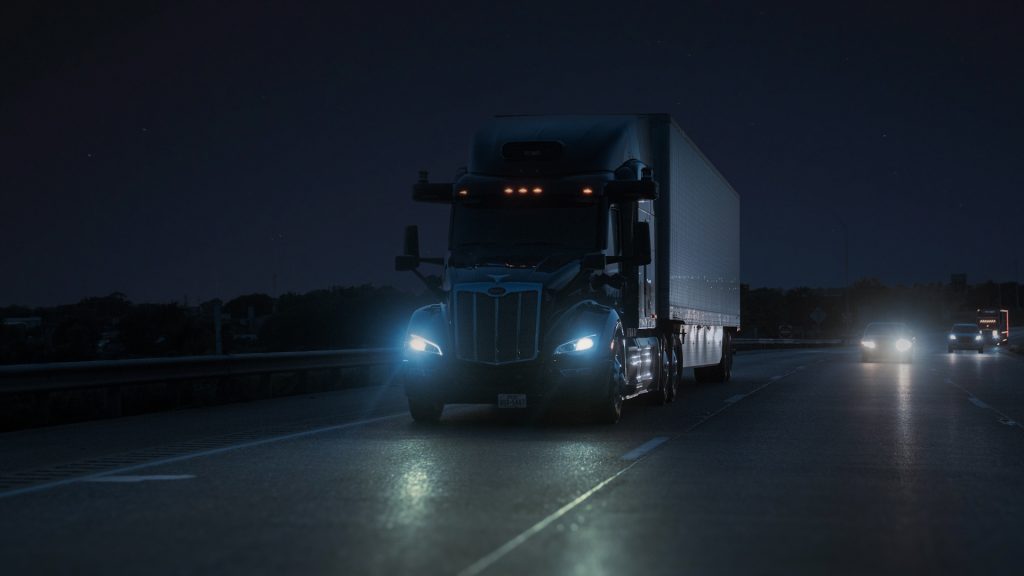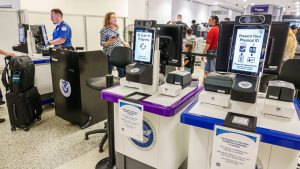America is running out of truckers. Can autonomous driving rescue the industry?

While the U.S. trucking industry struggles to fill tens of thousands of empty driver seats, some companies are betting the answer won’t come from hiring more humans. Critics argue the “shortage” is really caused by low pay and poor conditions.
In July, Aurora Innovation announced it began running driverless trucks at night — a move the company says could more than double utilization and cut delivery times in half on some routes.
The company’s new Phoenix terminal is now handling autonomous runs along its Fort Worth–El Paso–Phoenix lane. It’s part of a network that has already logged more than 20,000 driverless miles since spring. Aurora says its proprietary lidar system allows trucks to detect hazards in low light far earlier than human drivers. The tech reportedly addresses fatigue and visibility issues, which contribute to more than one-third of fatal nighttime truck crashes.
How big is the driver gap?
The American Trucking Associations (ATA) estimates the current shortfall at about 60,000 drivers, warning it could grow to 82,000 by year’s end. If current trends continue, the gap could top 162,000 by 2030.
A report from freight financing firm altLINE estimates that a steady deficit of 24,000 drivers leaves thousands of trucks idle and costs the industry $95.5 million each week in lost revenue. AltLINE estimates that filling those seats could generate up to $50 billion in annual revenue.
Is it really a shortage?
Not everyone agrees. Labor advocates and independent driver groups argue the real problem is low pay, long hours and working conditions that drive people out faster than companies can hire.
The average trucker is 46 years old, with many nearing retirement. COVID-19 accelerated early exits, while federal rules bar drivers under 21 from hauling freight across state lines. This limits recruitment from recent high school graduates.
Turnover at large long-haul carriers often exceeds 90% a year. Many drivers cite pay that doesn’t match the workload, weeks away from home and unpredictable schedules. Some have shifted to local e-commerce delivery jobs offering steadier hours.
Where demand is highest
Missouri currently has the highest daily average of trucking job postings, while Wyoming leads in vacancies relative to population. Nebraska fills openings fastest — about 2 1/2 days on average — but still faces a backlog. Indiana’s recruitment process can take nearly two weeks.
What’s being done to address the gap
More than half of freight companies say they plan to raise pay and improve work-life balance to retain drivers. Others are pushing to lower the interstate driving age to 18, though safety concerns remain.
The Department of Transportation says it is expanding access to commercial driver’s license training through more than $90 million in federal grants and reviewing potential regulatory changes.
What’s next?
Analysts say the shortage, or the turnover crisis, is unlikely to be resolved quickly. Automation could help, especially for long-haul routes that exceed human driving limits, but widespread adoption will take years.
If tariffs and other economic policies drive more domestic freight, demand for drivers, human or autonomous, will rise. If the economy slows, the industry could face an even rougher road ahead.





